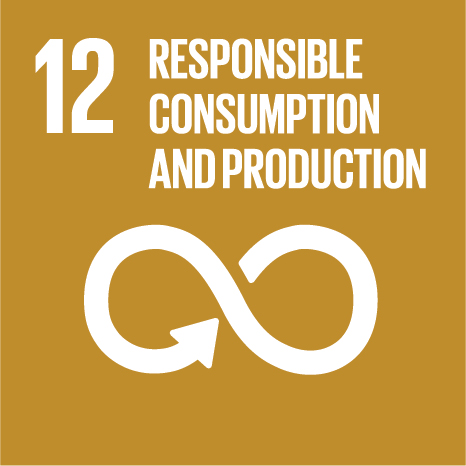Ciência_Iscte
Publications
Publication Detailed Description
Implementations, interpretative malleability, value-ladenness and the moral significance of agent-based social simulations
Journal Title
AI and Society
Year (definitive publication)
2023
Language
English
Country
Switzerland
More Information
Web of Science®
Scopus
Google Scholar
This publication is not indexed in Overton
Abstract
The focus of social simulation on representing the social world calls for an investigation of whether its implementations are inherently value-laden. In this article, I investigate what kind of thing implementation is in social simulation and consider the extent to which it has moral significance. When the purpose of a computational artefact is simulating human institutions, designers with different value judgements may have rational reasons for developing different implementations. I provide three arguments to show that different implementations amount to taking moral stands via the artefact. First, the meaning of a social simulation is not homogeneous among its users, which indicates that simulations have high interpretive malleability. I place malleability as the condition of simulation to be a metaphorical vehicle for representing the social world, allowing for different value judgements about the institutional world that the artefact is expected to simulate. Second, simulating the social world involves distinguishing between malfunction of the artefact and representation gaps, which reflect the role of meaning in simulating the social world and how meaning may or not remain coherent among the models that constitute a single implementation. Third, social simulations are akin to Kroes’ (2012) techno-symbolic artefacts, in which the artefact’s effectiveness relative to a purpose hinges not only on the functional effectiveness of the artefact’s structure, but also on the artefact’s meaning. Meaning, not just technical function, makes implementations morally appraisable relative to a purpose. I investigate Schelling’s model of ethnic residential segregation as an example, in which different implementations amount to taking different moral stands via the artefact.
Acknowledgements
--
Keywords
Social simulation,Interpretative malleability,Representation gaps,Misrepresentations,Techno-symbolic artifacts,Ethics
Fields of Science and Technology Classification
- Computer and Information Sciences - Natural Sciences
- Philosophy, Ethics and Religion - Humanities
Funding Records
| Funding Reference | Funding Entity |
|---|---|
| SFRH/BSAB/114462/2016 | Fundação para a Ciência e a Tecnologia |
| UIDB/03127/2020 | Fundação para a Ciência e a Tecnologia |
Contributions to the Sustainable Development Goals of the United Nations
With the objective to increase the research activity directed towards the achievement of the United Nations 2030 Sustainable Development Goals, the possibility of associating scientific publications with the Sustainable Development Goals is now available in Ciência_Iscte. These are the Sustainable Development Goals identified by the author(s) for this publication. For more detailed information on the Sustainable Development Goals, click here.

 Português
Português




